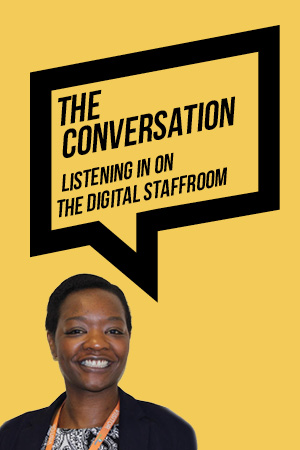As someone whose “rage circuit” is constantly fired by the circumstances of how and why some of our most vulnerable – and yes, angry – young children are excluded, I was intrigued by the premise of this book, which promises to reveal the nine triggers of “why we snap”.
The writer is a respected American neuroscience expert and his authorial style combines a heady brew of scientific knowledge, personal experiences, analogy and case studies which draw the layperson into a deep exploration of the brain’s mysteries.
The book is divided into three parts. Part one, Enraged, gives examples of “ordinary” people snapping and committing horrific acts due to a sudden loss of control. Fields personalises this with his own account of overcoming a pickpocket with a violence he could barely control.
He attributes his outburst to “the lifesaving circuits of rage engraved in our brain by evolution” which now “clash with the transformational changes in the modern environment”. Going on to say that “coded into our DNA through aeons of battle for the survival of the fittest, the circuits of aggression reside latent in the hypothalamus of everyone”.
We are then introduced to the nine triggers for these provocations of rage, to which he gives the mnemonic LIFEMORTS, literally the stuff of life and death.
The chilling conclusion to this part is the observation of a psychologist in a murder trial in which the defendant had snapped: “I think anyone is capable of it.”
Part two looks at the flipside of snapping in anger, showing how the same parts of the brain also trigger heroic behaviour when lives are saved. On the plane where the “underwear bomber” tried to set off his lethal cargo, why did one person grapple with him while others fled?
Fields discusses that “situation analysis in the cerebral cortex” may have engaged a “defence reflex”. Perhaps our hero knew that if he didn’t act, the passengers would all die and so he went towards the threat. Something in his background propelled him forwards; this imperative hardwired into his neural circuits.
The final part was, for me, completely riveting. Its theme of the differences between sexes and the intertwining of sex and violence for both males and females are backed up with up-to-the-minute examples of modern-day attacks on women by hordes of men. Think Egypt and Cologne, Germany. Think of the horrors of gang rape on a bus in India.
Sex (the “mate” trigger) is one of the most powerful rage switches. In girls, rage is often channelled into self-harm.
A young woman explains: “It’s literally like a bomb is going to go off in your head … something will happen … it reaches a pitch where serious self-harm has become inevitable. I have contempt and rage for myself … I carry on until I am literally sated, soothed. The peace I feel is brilliant.”
The trigger for her behaviour is often “insult”. While a male would be more likely to fight, the female directs the violence towards herself.
Having witnessed the consequences of “life and limb” or “fight and flight” for both girls and boys, I feel the “brain explain” theory makes sense in terms of the nine triggers Fields outlines and there is work to be done in tempering “snap” responses. Surely education can eventually play its part.
Fields also analyses the “tribe” trigger, at the base of war and prejudice throughout the ages. Fields says “racial prejudice is wired into the human brain … it is our emotional response toward another group of people based on preconceptions”.
His covers subjects far and wide. Rodney King and the Los Angeles riots. The Boston marathon bombers, and the echoes in the followers of Isis in our own country, with concerns about radicalisation the focus of much current training in our schools.
Underpinning this is the fascinating exploration of our brains: its amygdala, the prefrontal cortex and rage circuits. If we can understand the nine triggers that hardwire our brain, and which we often dismiss as psychological dysfunction as opposed to a normal and necessary physiological mechanism, then there may be hope of mitigating the effects of snapping.
For me and for children in pupil referral units, this can only be a good thing.












An excellent review. I can clearly see what the book is about and am intrigued enough to want to read it. The more we understand, the more we can help, although the challenges of doing so in a busy school are enormous.
Thanks! Loved this book! Really interesting and very informative but with lots of stories/anecdotes to keep it readable